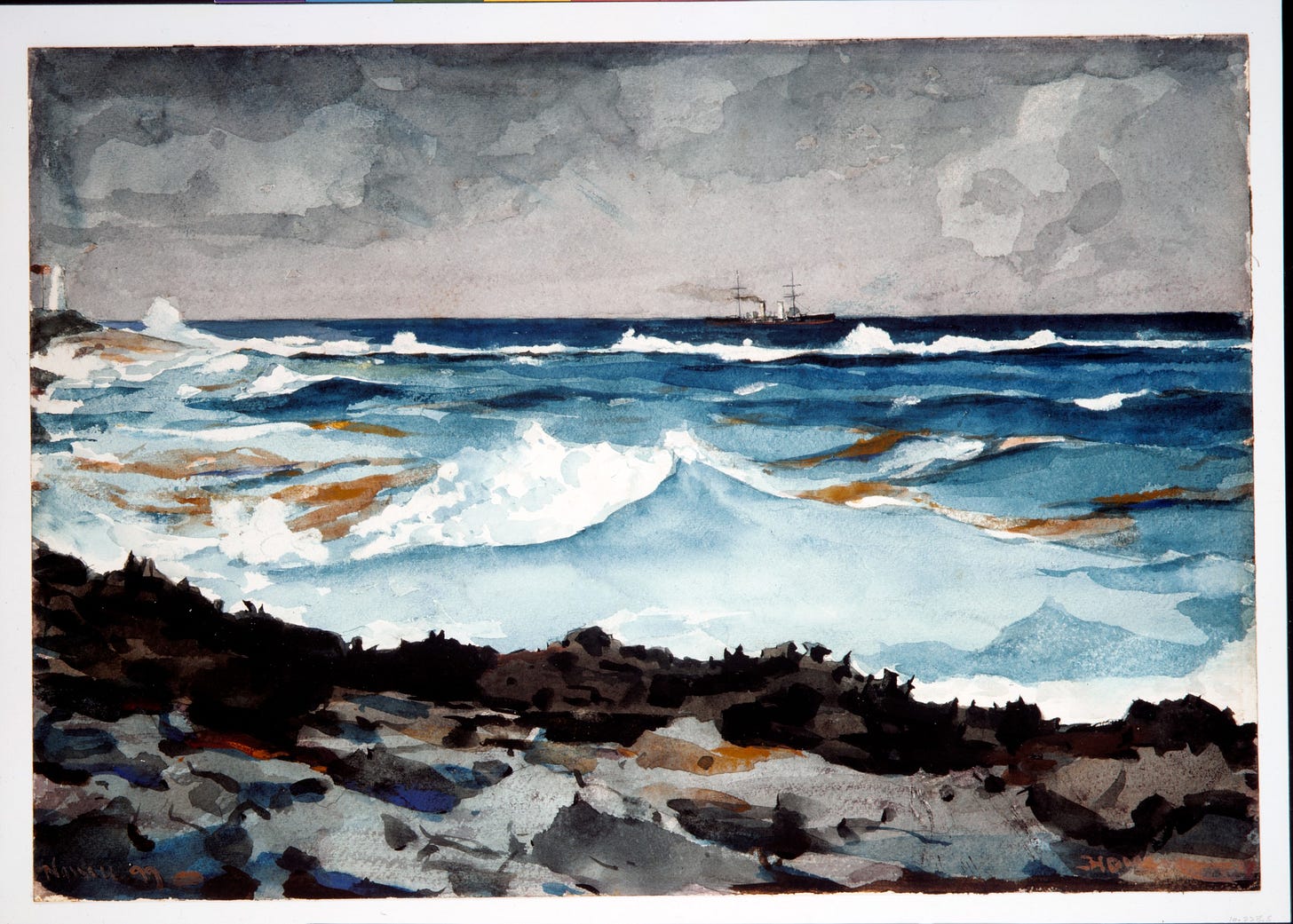
News
• For those in the Washington, D.C., area, Joseph Bottum will be reading and discussing poetry on Tuesday, April 23, 2024, 6:00 PM, at The Institute on Religion and Democracy, 1023 15th St. NW, Suite 200, Washington, DC. Free and open to the public.
• On public radio Thursday, April 18, Sally Thomas and Joseph Bottum were interviewed about the poetry newsletter, Poems Ancient and Modern. Skip ahead in the playback to 21:48 for the interview.
Keep reading with a 7-day free trial
Subscribe to Poems Ancient and Modern to keep reading this post and get 7 days of free access to the full post archives.



